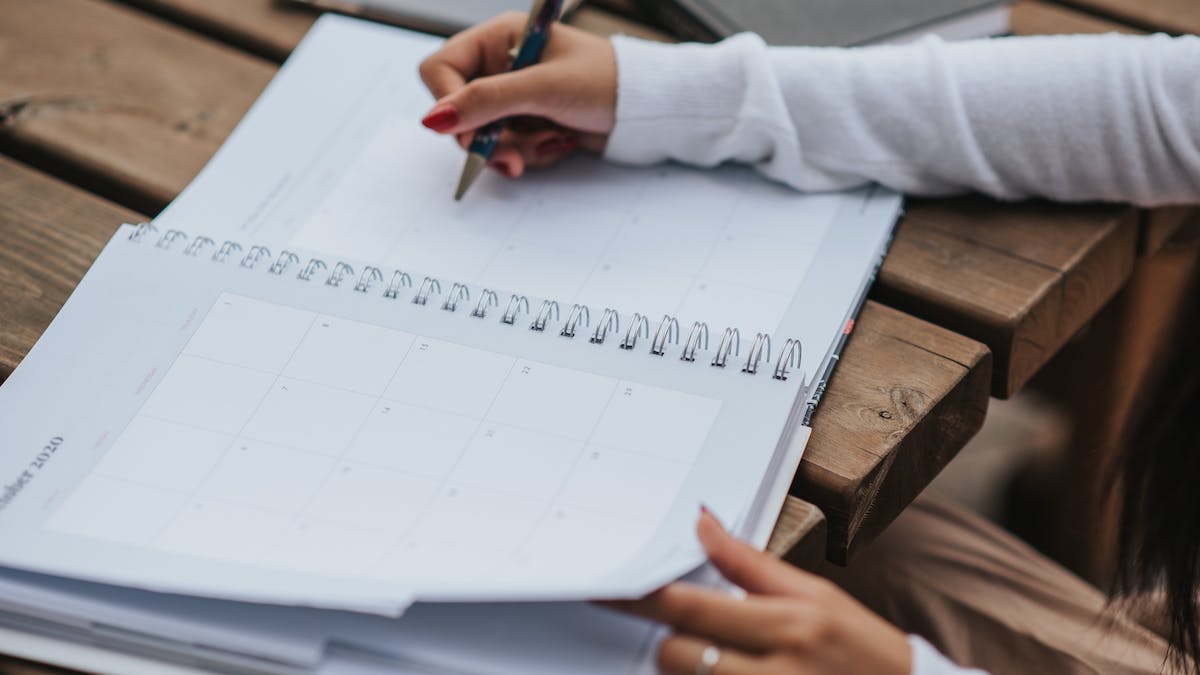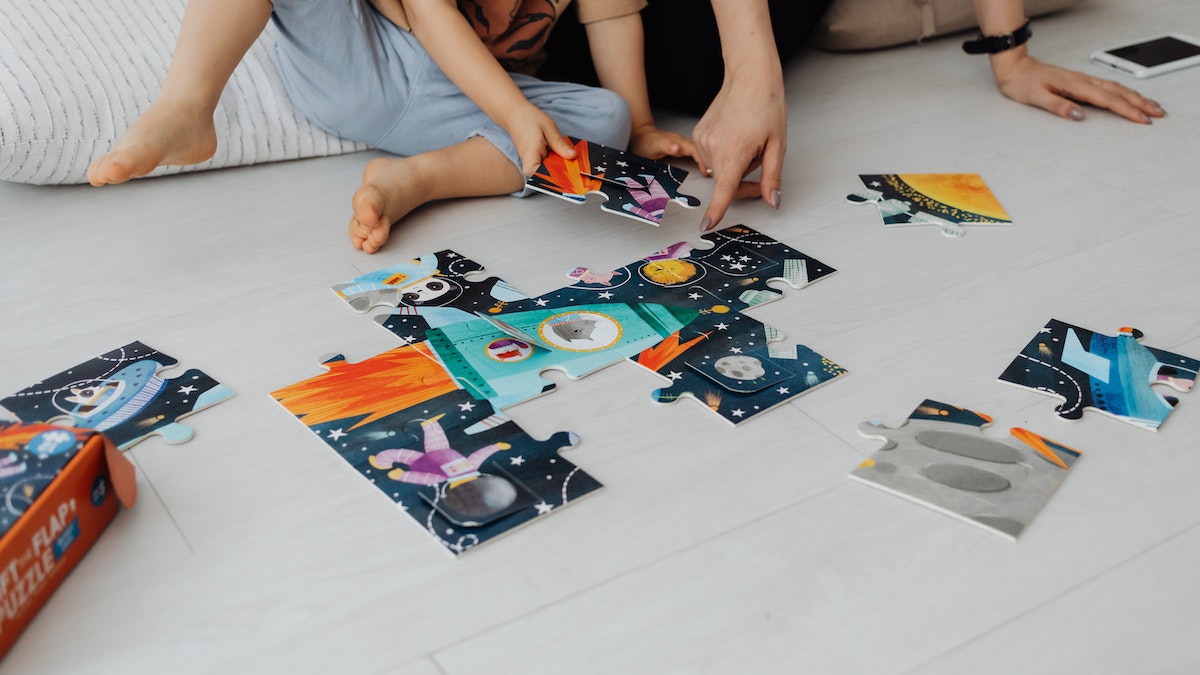Your brain, through your senses, needs a balanced diet in order to make sense of and function in the world; this is called a sensory diet. In order for children to focus their attention, their bodies need to be in an appropriate state of “calm alertness.” Engaging in gross motor and heavy work activities increases your child’s body awareness to improve safety awareness in the environment, strengthens your child’s core strength to improve standing and sitting balance, improves your child’s proximal stability, postural control, crossing midline, and bilateral coordination for activities of daily living. Your child will benefit from participating in sensory diet activities before engaging in activities at the tabletop (e.g. before schoolwork, before therapy, before breakfast, before bedtime). It is recommended to spend approximately five to 10 minutes doing the activities at each of these times.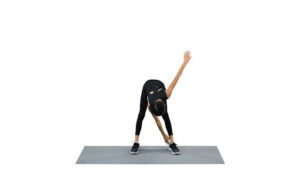
Below are some activities you can implement in your learner’s daily routines at home:
- Windmills: Touch your right hand to your left toes and vice versa (cross-body movements).
- Animal crawls: Bear crawls, frog hops, crab walks, cheetah runs, snake crawls.
- Huggers: Open both arms and hug your body.
- Crunches/situps/pushups.
- Yoga poses: Downward dog, cat/cow, bird/dog, dead bug.
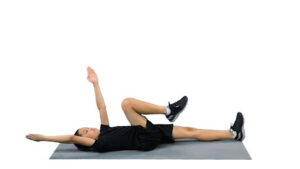

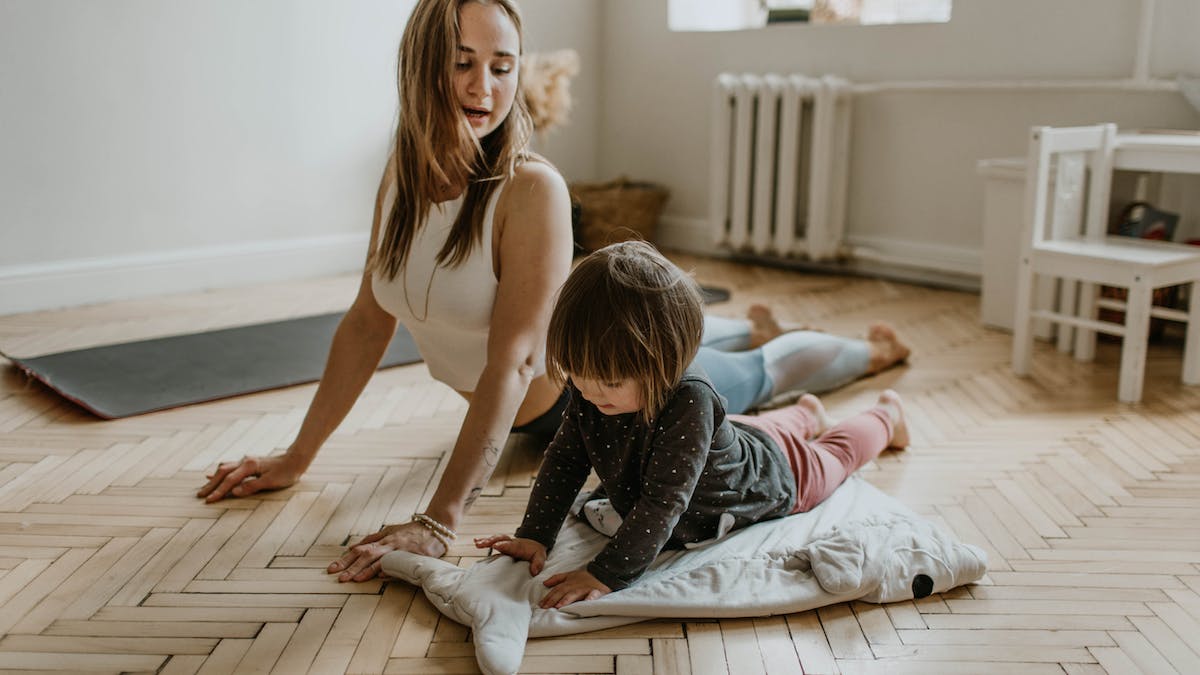
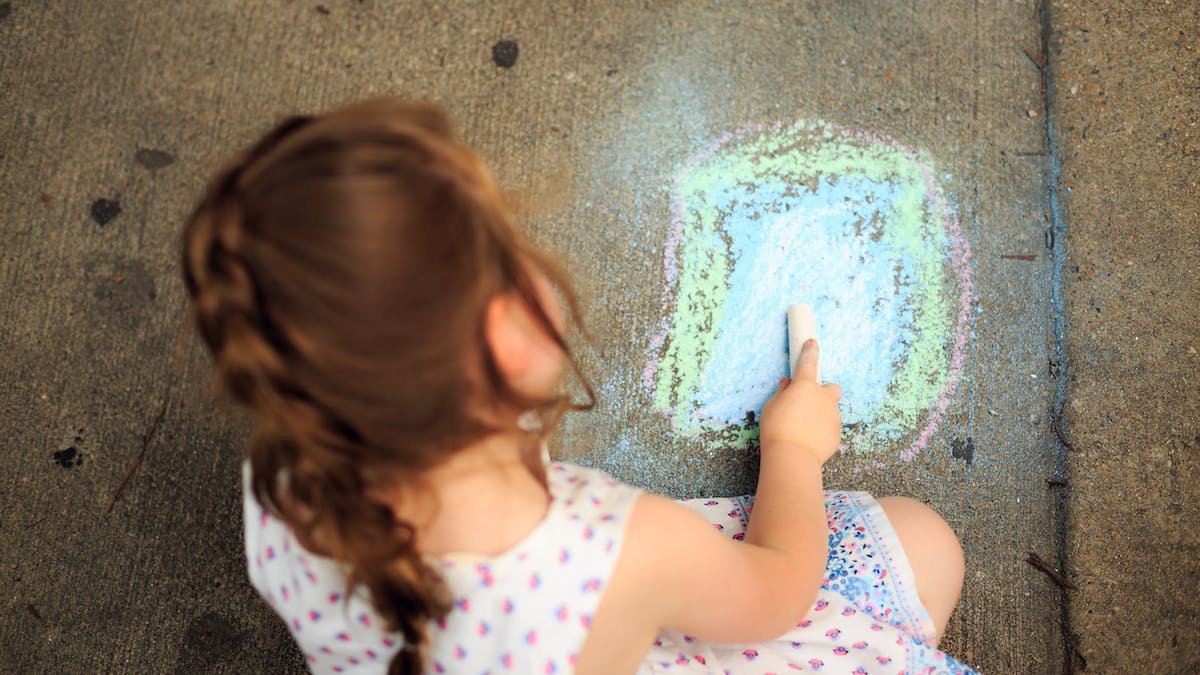
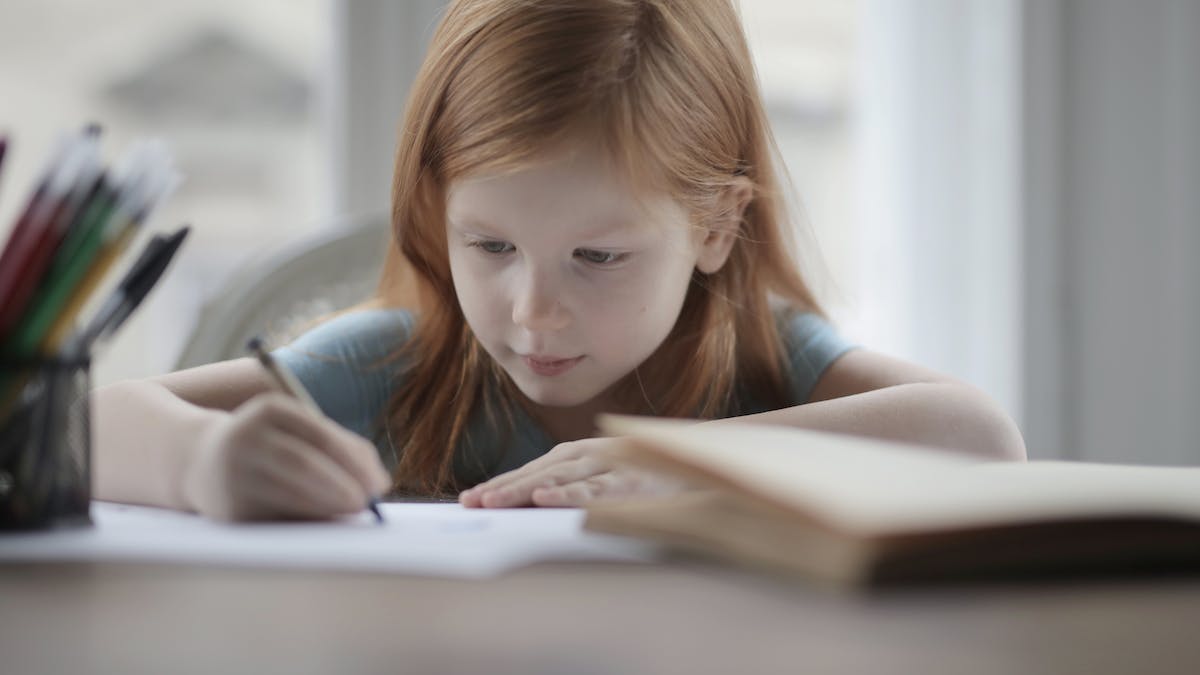
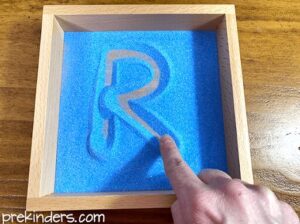 play dough.
play dough.

 Stickers: Use pincer grasp to take off stickers:
Stickers: Use pincer grasp to take off stickers: 




